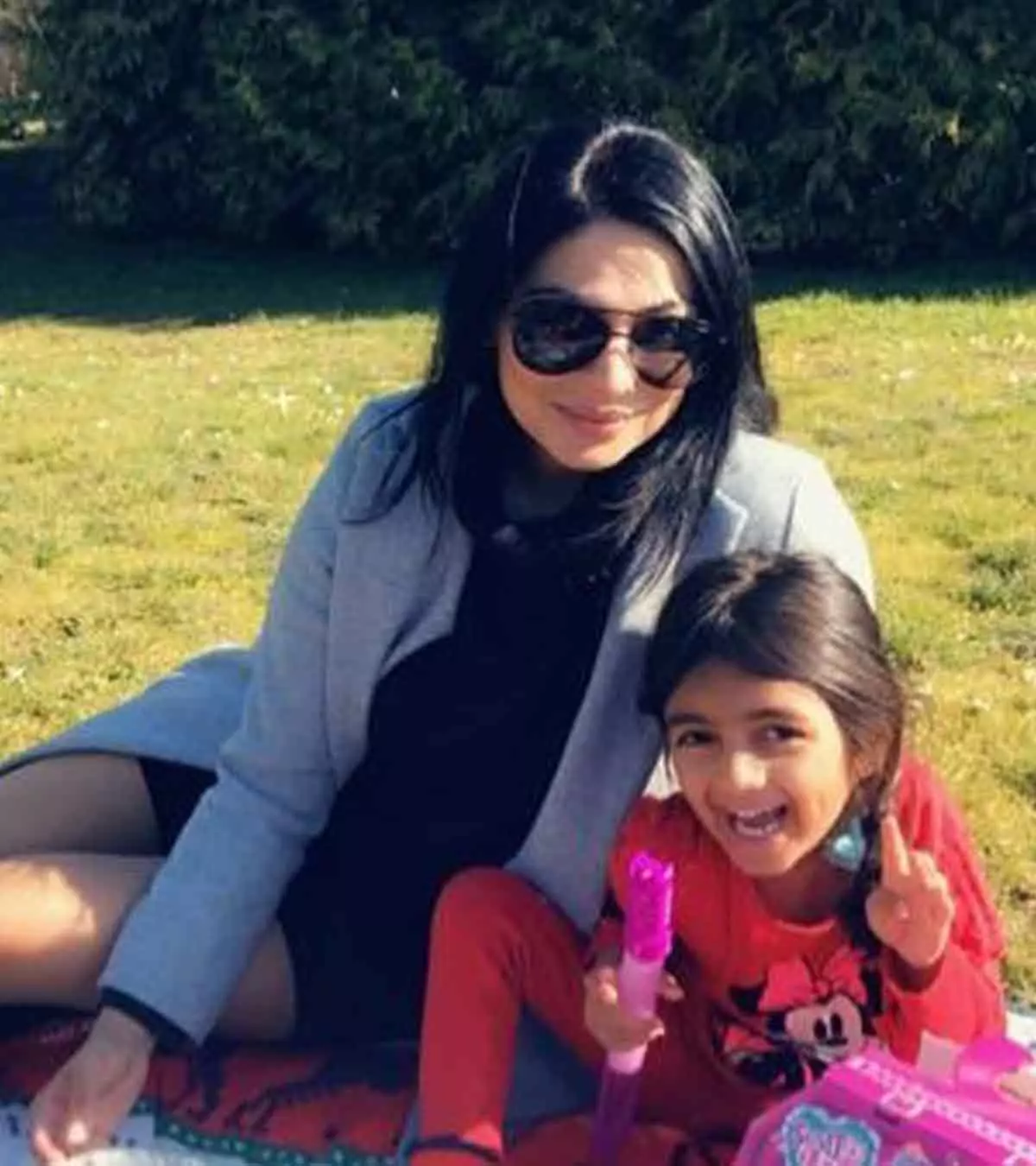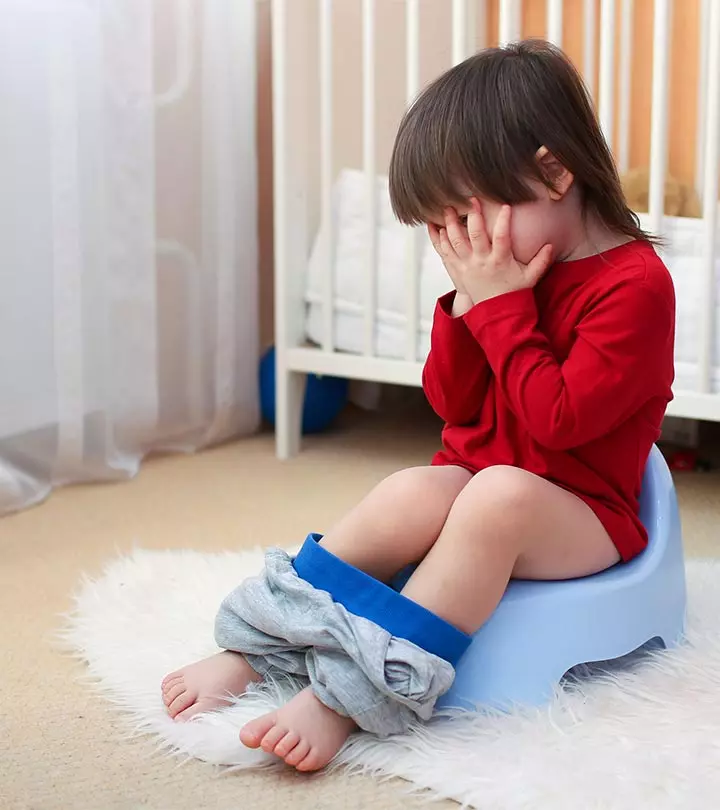

Image: Shutterstock
Hello dear parents! In recent years, a distinctive parenting style has been gaining attention and popularity. It is known as attachment parenting. Unlike adhering to strict rules or relying on elaborate techniques, this approach revolves around forging strong and secure connections between you and your little one. Let’s delve into the fundamental aspects of this parenting style. Read on to know more!

What Is Secure Attachment?
Image: Shutterstock
Before we jump into attachment parenting, let’s get a hold on what secure attachment means. It’s like building a cozy nest of trust and love between you and your kiddo. When a child feels secure, they are more likely to explore the world, learn, and build healthy relationships.
What Is Attachment Parenting?
Attachment parenting is not a set of rigid rules; it’s more like a philosophy. It revolves around nurturing a strong connection with your child by responding to their needs promptly and with warmth. It’s not about spoiling them; it’s about building a foundation of trust.
Why Is Secure Attachment Important In Kids?
Image: Shutterstock
Your child is like a tiny explorer in a big, new world. A secure attachment is like a safety net that gives them the confidence to explore. When they know you’re there for them, it becomes their launching pad for independence and emotional well-being.
Why Does Attachment Parenting Not Foster Secure Attachment In Kids?
1. The Perfection Trap
Attachment parenting, at its core, emphasizes forming a deep, emotional connection with your child. However, the pursuit of being the perfect Attachment Parent can inadvertently create stress and pressure. When parents become fixated on adhering strictly to a set of rules, they may lose sight of responding to their child’s needs.
2. Individuality Matters
Image: Shutterstock
Children are wonderfully unique individuals. What works like magic for one child may not be as effective for another. The danger lies in attempting to fit every child into a one-size-fits-all parenting approach. attachment parenting, while valuable, requires a degree of flexibility to accommodate the distinct personality, preferences, and needs of each child.
3. Missing The Cues
One common pitfall is the unintentional oversight of a child’s cues. When parents are preoccupied with aligning their parenting style with attachment parenting principles, they may miss the subtle signals their child sends. Whether it’s a cry for attention, a need for comfort, or a desire for independence, these cues are the child’s way of communicating, and a responsive parent must be attuned to them.
4. Stressing Over Rules
Attachment parenting is not about rigidly following a rulebook. Yet, in the pursuit of being the ideal Attachment Parent, some caregivers find themselves overwhelmed by self-imposed rules. The stress induced by trying to meet perceived standards can hinder the very responsiveness and emotional availability that attachment parenting aims to foster.
5. The Importance Of Adaptability
Image: Shutterstock
One of the strengths of effective parenting is adaptability. Children’s needs evolve as they grow, and a parent’s ability to adapt to these changes is crucial. attachment parenting, when taken to an extreme, might resist adaptation, leading to potential friction between the parent’s expectations and the child’s evolving requirements.
6. The Role Of Emotional Availability
Attachment parenting thrives on emotional availability – the parent’s ability to connect emotionally with the child. Stressing over adherence to a specific set of rules can compromise this emotional availability. It is crucial to prioritize the emotional connection with the child over a checklist of parenting dos and don’ts.
How Can Parents Help Kids Grow Secure Attachment?
Now, let’s talk about the good stuff – how to foster that secure attachment with your little one.
1. Be Responsive
When your child cries or reaches out, be there. It’s not about creating a spoiled tot; it’s about showing them they can rely on you.
2. Show Affection
Hugs, kisses, and cuddles are like magic potions. They communicate love and warmth, creating a strong emotional foundation.
3. Be Present
Image: Shutterstock
In our bustling world, it’s easy to get caught up in distractions. Take time to be fully present with your child – listen, observe, and engage.
4. Consistency Is Key
Kids thrive on routines. Knowing what to expect helps them feel secure. Keep meal and bedtime routines consistent.
5. Encourage Independence
It might sound counterintuitive, but fostering independence actually strengthens attachment. Let them explore, make choices, and learn from their experiences.
6. Trust Your Instincts
Parenting doesn’t come with a manual. Trust your gut and do what feels right for your child. You know them better than anyone else.
7. Stay Calm In Challenges
Image: Shutterstock
Tantrums and challenges are part of the parenting package. Stay calm, be a pillar of support, and guide them through these moments.
attachment parenting is not about being a superhero; it’s about being a warm, responsive, and loving guide for your child. Secure attachment helps them grow into confident, independent individuals. Remember, it’s not about perfection; it’s about being there – in the messy, beautiful road of parenthood. So, go ahead, cuddle, laugh, and build that unbreakable bond with your little one. They’ll thank you for it with smiles, hugs, and a lifetime of love.
Attachment Parenting Style Explained: Build Secure Bonds
Watch our video on attachment parenting style to learn key principles, benefits, and practical tips for building a secure parent-child bond. Dive in and learn effective nurturing strategies!
Community Experiences
Join the conversation and become a part of our nurturing community! Share your stories, experiences, and insights to connect with fellow parents.



















